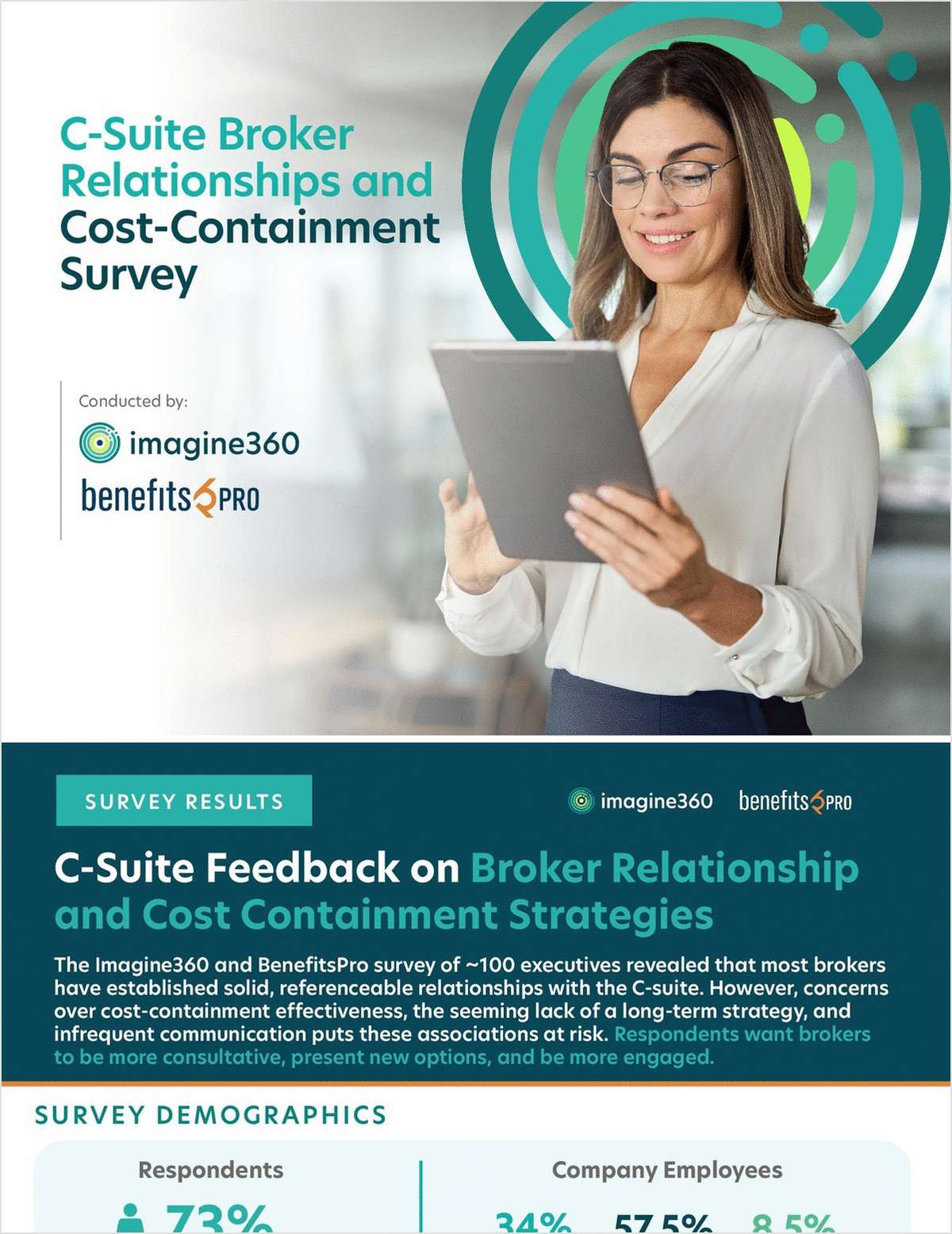Ever want to increase your income? Now is your "GoldenOpportunity." In our experience, one of the most effective ways to double your income is contained in this month's article by our good friend Michael Lovas. It deals with how to read people.
Author's Note: After many years of study, experiment and application in reading people, I have developed an informal system that works. This is the first article in a series based on that system. We will also teach the system in our new workshop by the same name!
Your ability to work with or manage people depends on how well you use this set of basic truths. Let's see how well you know them. Just answer True or False:
- The art of reading people is a personality type program. T / F
- It is impossible to read a person without administering a written test. T / F
- Unless you can read people effectively, you alienate 75% of the prospects you meet. T / F
- The skill of reading people is at the heart of all your sales activities. T / F
- The more you know about reading people, the more sales you'll make. T / F
- The better you get at reading people, the more money you can make. T / F
- When you can read people, you can easily double your income. T / F
- As you improve your ability to read people, you'll also improve all the relationships in your life. T / F
Answers: 1 – 2 = F; 3 – 8 = T.
Complete your profile to continue reading and get FREE access to BenefitsPRO, part of your ALM digital membership.
Your access to unlimited BenefitsPRO content isn’t changing.
Once you are an ALM digital member, you’ll receive:
- Critical BenefitsPRO information including cutting edge post-reform success strategies, access to educational webcasts and videos, resources from industry leaders, and informative Newsletters.
- Exclusive discounts on ALM, BenefitsPRO magazine and BenefitsPRO.com events
- Access to other award-winning ALM websites including ThinkAdvisor.com and Law.com
Already have an account? Sign In
© 2024 ALM Global, LLC, All Rights Reserved. Request academic re-use from www.copyright.com. All other uses, submit a request to [email protected]. For more information visit Asset & Logo Licensing.








